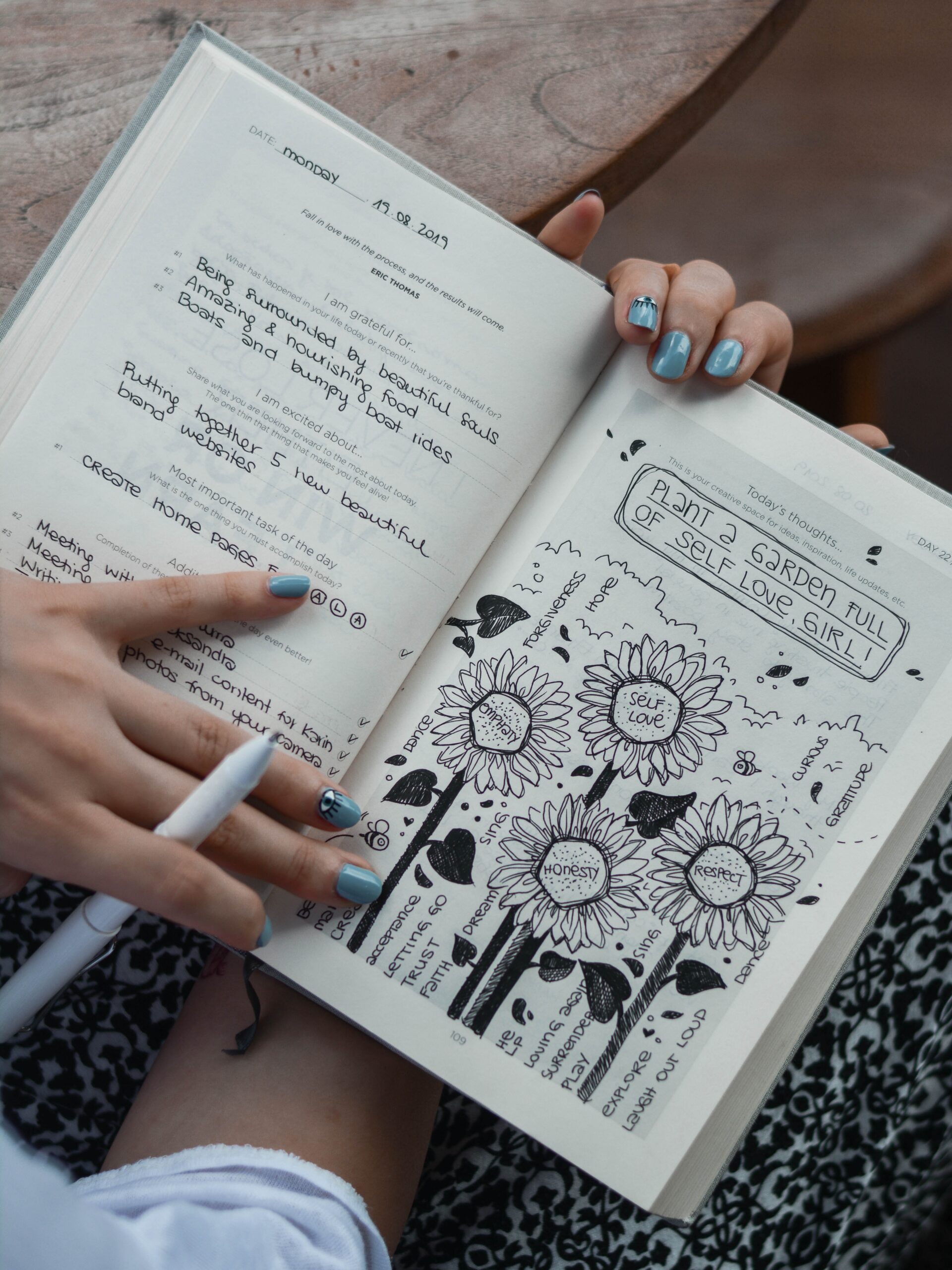Daisy Harrison
Last month, we celebrated the Autumn Equinox. Most of us will have heard this term before, but we might not be aware of the significance behind this celestial event. It’s time to take a deep dive into the rituals, cultural practices, and celebrations associated with the equinox.
What is an Equinox?
The word equinox comes from the Latin phrases “aequi” and “nox”, which translate into “equal night”. As the Latin translation suggests, during an equinox, both day and night are equal in length.
According to National Geographic, an equinox is when a planet’s sub-solar point passes through its equator. This only happens twice a year. In this case, the autumn equinox marks the end of summer in the Northern Hemisphere.
“Around this time, several full moons in a row will be visible.”
As we head into the winter months, the nights will become longer than the days. For some people, this will be a time of joy in which they look forward to cosy nights and the festive period. However, for many, the lack of sunlight around this time can lead to an onset of Seasonal Affective Disorder along with other depressive symptoms.
Around this time, several full moons in a row will be visible. These full moons are commonly called Harvest Moons. Traditionally, the extra light meant farmers could work for longer periods in the evenings, preparing their crops for harvest.
Worldwide Cultural Celebration
Depending on culture and religion, the changing of seasons is celebrated differently. Some countries attribute public holidays to the equinox period.
As the equinox marks an incoming new season, Buddhists take the time to reflect on their lifestyle, beliefs, and faith. Biograview states that due to the day and night being equal, Buddhists believe the spiritual and physical worlds are joined together, representing the balance between light and dark. In Japan, Buddhists celebrate Higan, a seven-day holiday revolving around the equinox. Higan translates to “other shore”, or land of the dead. Therefore, people take the time to pray for deceased souls and visit the graves of loved ones.
“Navratri is a celebration of the divine feminine: Durga, the mother goddess.”
In Hindu culture, the equinox is celebrated through Navratri, a major nine-day festival. Navratri is a celebration of the divine feminine: Durga, the mother goddess. The festival is a chance for Hindus to rejuvenate physically, mentally, and spiritually to prepare for the oncoming winter.
The Mid-Autumn Moon Festival is celebrated in China. This period is one of the most important holidays in Chinese culture. It centres around spending time with loved ones, praying, and giving thanks for the harvest.
Honouring the Equinox
The equinox is a time to reset, look forward to the year ahead, and let go of past troubles. Gratitude journaling is therefore a great way to set your intentions for the next season.
It’s also the perfect excuse to do some shopping: buy yourself a journal, some colourful pens, and washi tape or stickers to decorate with. You could even catch up with friends whilst you all fill out journals.

With the new season, the naturally-available food will change. This is a fun time to go foraging, as you will find a mix of new foods coming into season, and older foods that are about to leave. You can set yourself a challenge to go foraging each month to see how the foods change throughout the year. In the next few months, you can find rosehip, sloe, walnuts, hazelnuts, and chestnuts. Make sure to follow guides and be careful with identifying edible plants.
If you don’t fancy this, you can host a potluck party. I attended one last year and it was a great opportunity to honour the incoming season. Our main dish was a warming concoction of sweet potato, egg, feta, and other equally delicious ingredients. You can easily substitute ingredients, such as butternut squash or pumpkin, in place of the sweet potato!
Finally, the autumn equinox is a good chance to clean and declutter. Perhaps you can give away clothes you haven’t worn in years or say goodbye to your summer clothes, by getting cosy jumpers and scarves out. Decluttering leaves more space for festive decorations, so it’s 100 per cent worth taking the time to clear some things out!
READ MORE:
-
HOW TO ‘RESET’ FOR THE ACADEMIC YEAR
-
WOMEN WITH ADHD: A HIDDEN JOURNEY
-
HOW TO KEEP UP WITH JOURNALING
Featured image courtesy of Jeremy Thomas on Unsplash. No changes were made to this image. Image license found here.

